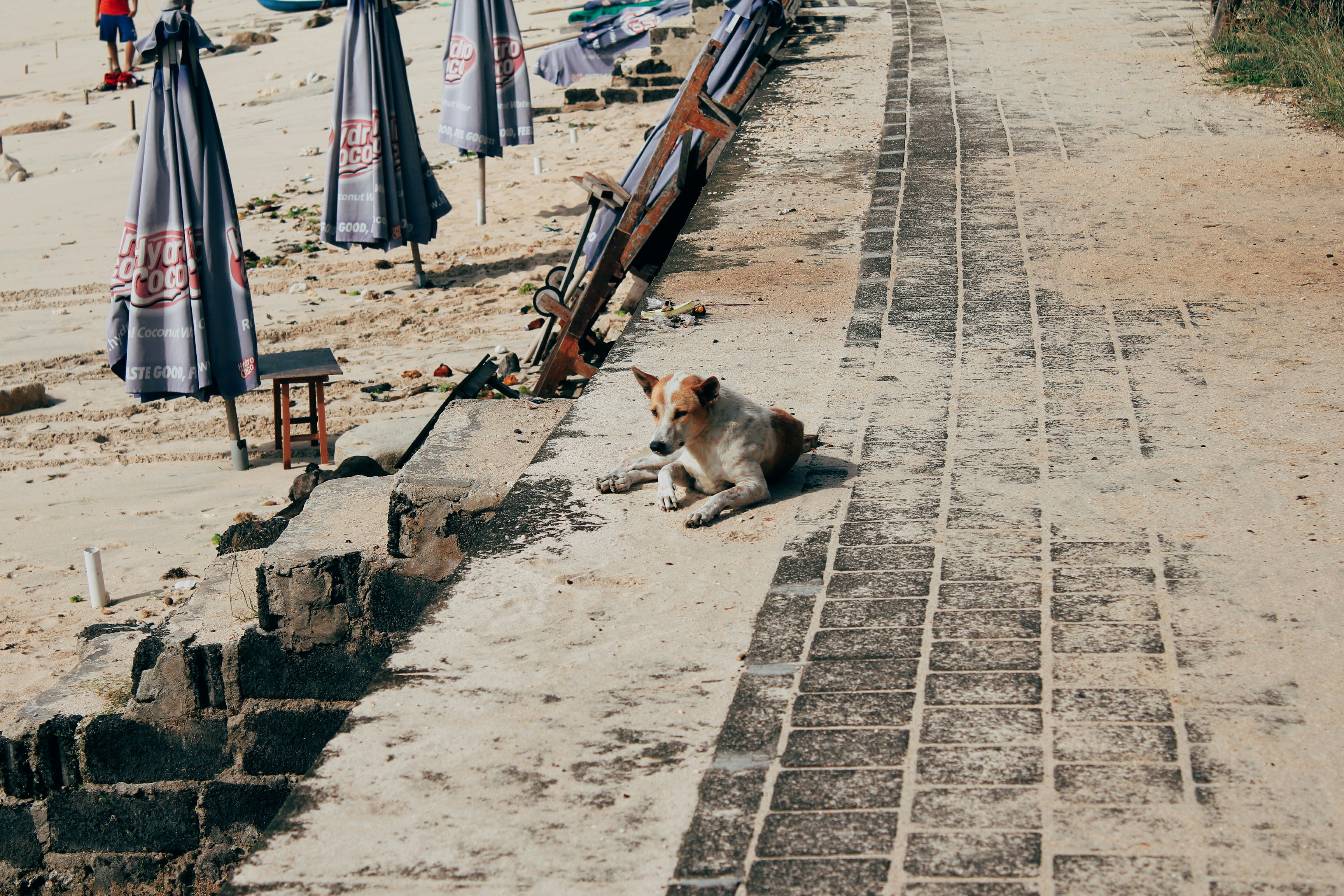Rabies remains a critical public health threat in Bali, Indonesia, exacerbated by a significant rise in cases. By mid-2022, 158 villages in Bali reported rabies cases, leading to increased bite incidents and 11 fatalities by early September 2022. Despite efforts in vaccination, research, surveillance, education, and sterilization, the elimination of rabies remains challenging due to the substantial free-roaming dog population and the diversion of resources to COVID-19.
In response, the Indonesian Public Health Association Bali Branch (IAKMI Bali), the Asia Pacific Cities Alliance for Health and Development (APCAT), the Bali Provincial Health Office, and the Provincial Agriculture Department have partnered on a comprehensive rabies control program. Supported by the World Organisation for Animal Health (WOAH) and funded by the Australian Government, this initiative aims to enhance awareness and commitment among local governments and stakeholders towards rabies control and prevention. Understanding the population structure of both owned and free-roaming dogs is crucial for enhancing rabies prevention and control efforts.
